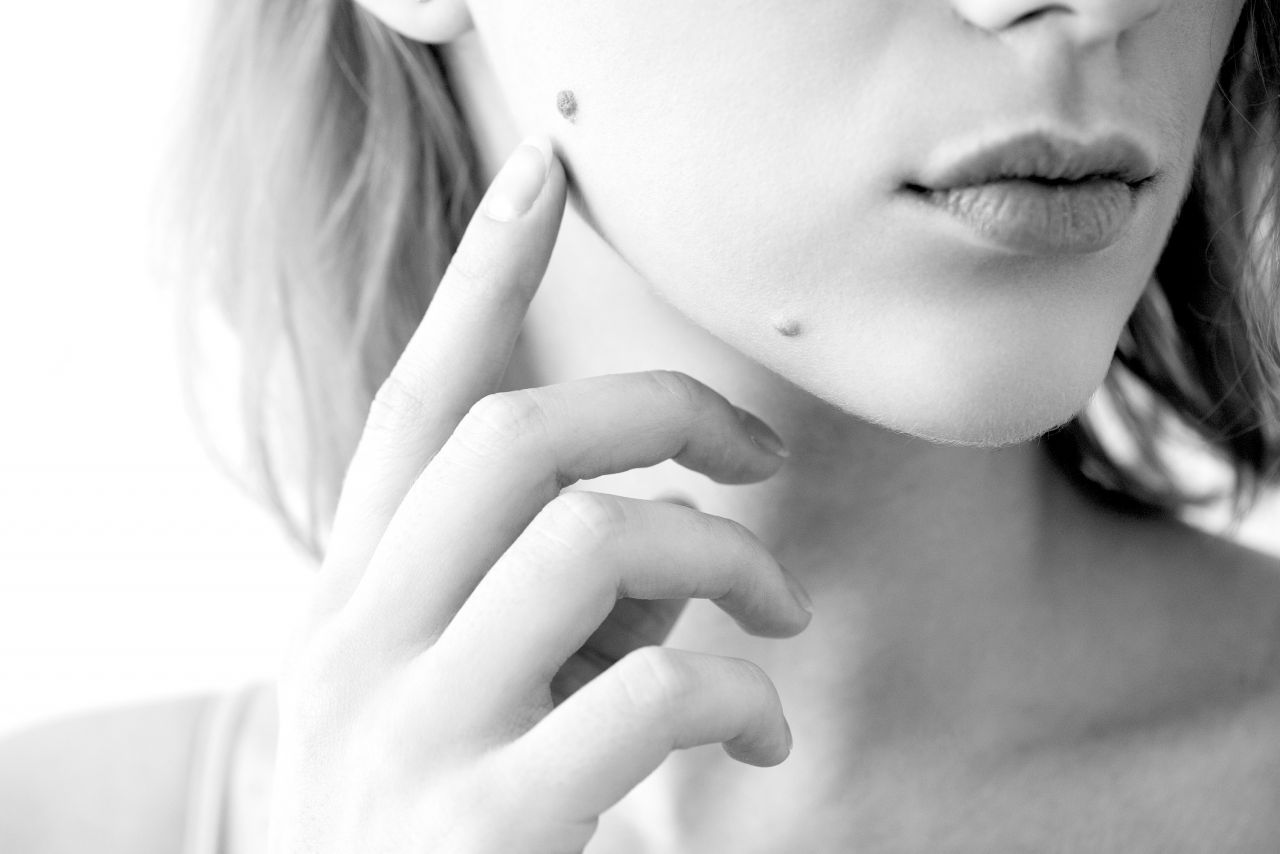


Lump & Cyst Removal
Frequenty Asked Questions
Is lump or cyst removal suitable for me?
Lump or cyst removal surgery is suitable for both adults or children who are worried or dislike the appearance of:
- An existing lump/cyst
- a new lump/cyst
Which areas can be treated?
The vast majority of lumps can be diagnosed and if required treated surgically. Occasionally further investigation such as an ultrasound may be required
What does the operation involve remove a lump?
The majority of small lumps /cysts can be removed in 10-20 minutes under local anaesthesia as outpatient procedures. Larger lumps may require a general anaesthetic
What happens after the procedure?
You will be able to go home on the same day. Most cases you will be able to return to work 1-2 days after surgery and resume light exercise 2 weeks after surgery.
When am I seen for follow-up?
You will be followed up 1-2 weeks after surgery in order to be given the diagnosis (from analysis of the specimen in the laboratory), check the wounds and remove any stitches.
If face-to-face follow-up is not required then may arrange for either a telephone call or video consultation. Patients who have benign skin lesions excised are discharged.
What are the risks?
Removal of lumps tends to be a low-risk procedure, with very few serious complications. However, occasionally patients may experience minor skin infection, delayed healing of wounds and lumpy or sensitive scars. Recurrence is another potential risk. A minority of patients require further treatment such as further surgery or medicinal creams.
What is a lipoma?
Lipomas are benign tumours of fat, and as such may occur anywhere in the body where there is fat. Most commonly found on the arms, shoulders, upper back, chest and thighs. Lipomas are usually slow-growing and range in size from a pea to huge. Eventually, they become visible swellings under the skin causing only a cosmetic problem.
Deep lipoma, particularly growing within confined spaces, may cause problems by pressing on other sensitive organs, such as nerves.
Lipomas are most common in middle-aged men and women. They have a tendency to run in families, so, if there are one or more people in your family with a lipoma, your chances of developing one increase significantly.
Surgery is performed for lipomas that cause:
- Cosmetic concerns
- If they are painful
- Or if there is the suspicion they have turned malignant.
Treatment is surgical, mostly by removal usually under local anaesthetic. Mr Sawyer uses the smallest incisions possible to remove the lipoma resulting in a smaller scar, which is important in cosmetically sensitive areas of the body.
Very occasionally very large lipomas can be removed via liposuction using a stab incision can be hidden remotely.
Lipomas can recur if not completely removed. Even with surgical removal, it is possible to leave a lobule behind. Where people have multiple lipomas, it may just be a new one appearing.
The diagnosis of a malignant lipoma (liposarcoma) is only made after checking it under the microscope. There are certain signs that raise the suspicion:
- They are large
- Growing fast
- Painful
- In an unusual place, such as deep in the muscle.
Price Range
From £950
I had several lipoma’s removed, Adam put me at ease at are very first meeting, by giving me a very thorough explanation of what he would be doing. He explained what would happen, how I would feel and how long it would take to heal. The experience I had was exactly what I had been advised by Adam, during the operation he kept me informed of what was happening and the post treatment feeling and healing was exactly as explained.I felt really pleased with the treatment I received, I was well informed which made me feel comfortable and safe

Contact us to schedule in your appointment
Ask Us A Question
Hi! Click here to start a chat with Becky & Claire on WhatsApp.
It's out of office hours, we'll try and respond as soon as we can.
Ask us a question